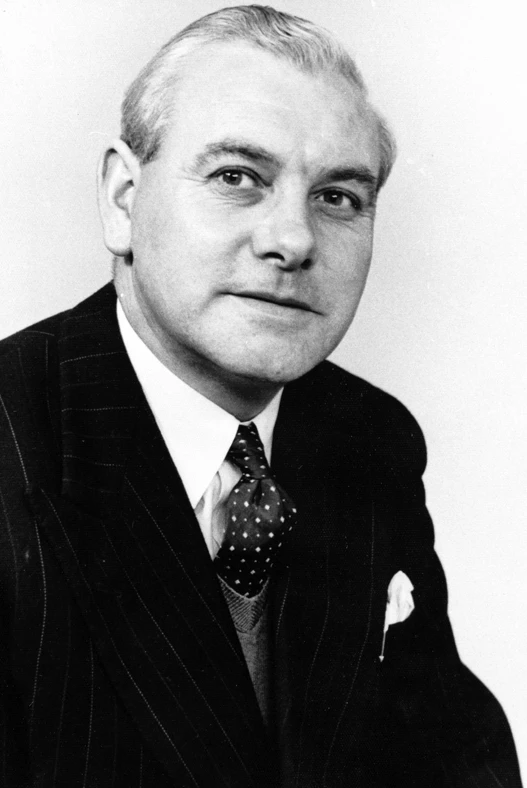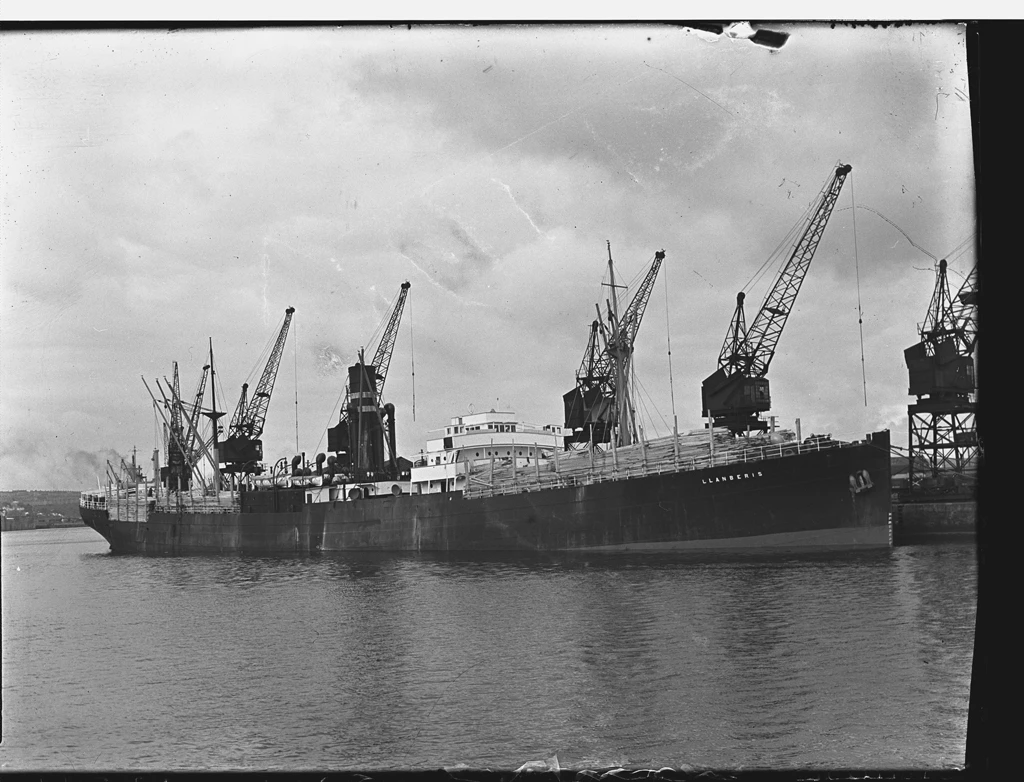Making a photographic collection accessible - Part 1
, 17 Medi 2015
Staff at Amgueddfa Cymru work across a number of different departments. These departments do not work in isolation, but staff work together to look after the collections preserved for the people of Wales.
The industry and transport photographic collections comprise over 206,000 images, covering all aspects of Welsh industrial, maritime and transport activity. One of the greatest treasures held within this rich collection is the Hansen Collection, which comprises of 4,569 negatives (two-thirds glass, and a third film) of ships mainly at Cardiff. These were taken by members of the Hansen family between 1920 and 1975. They provide an amazing photographic record of shipping activity at the port during those years. You can find out more about the history of this collection by reading this article from 2011.
One of our main aims is to make all the collections we look after more accessible. When we purchased the Hansen Collection in 1979, the first stage in the process of making the collection available was to compile a catalogue. Initially a handwritten catalogue was produced which could be consulted in the photographic research room. Then in 1996 the catalogue was published under the title “the Hansen Shipping Photographic Collection” making the contents of this collection available to a wider audience. A few years ago I worked on converting this catalogue into a digital format so that it could be placed on the museum website. It is now available for anyone to search, and find vessels they are interested in. The online catalogue has greatly improved access to this collection, and we have had enquires from all over the world because of it. People might be researching a particular ship and are looking for an image of it. A family member might have worked on the vessel and so someone might be interested in seeing what the ship looked like.
Following placing the catalogue online the next stage has been to input information on each negative onto our collections management database. A number of staff are currently involved in this, including myself and staff working in the History & Archaeology and Collections Services departments. We have so far put just over 1,500 negatives onto the system. It is a long process, especially as we are repacking the collection into conservation grade packing as we go along.
As well as preserving the collection and making information on the collection available, we also need to digitise each negative. This will provide us with a record shot, meaning that we can minimize the handling of the original. This is especially important as so much of the collection is made up of fragile glass plates. We have made a start on this, and have so far digitsed 572 negatives. Our intention is now to continue this work and digitise the remainder of the collection.
We will be doing a series of blogs on various aspects of the process to make this collection accessible, and will be blogging on cataloguing and adding the collection to our database, repacking the collection, and the digitisation process. Check back to see how we are getting on with this important photographic collection.
Mark Etheridge
Curator: Industry & Transport
Follow us on Twitter - @IndustryACNMW





sylw - (1)